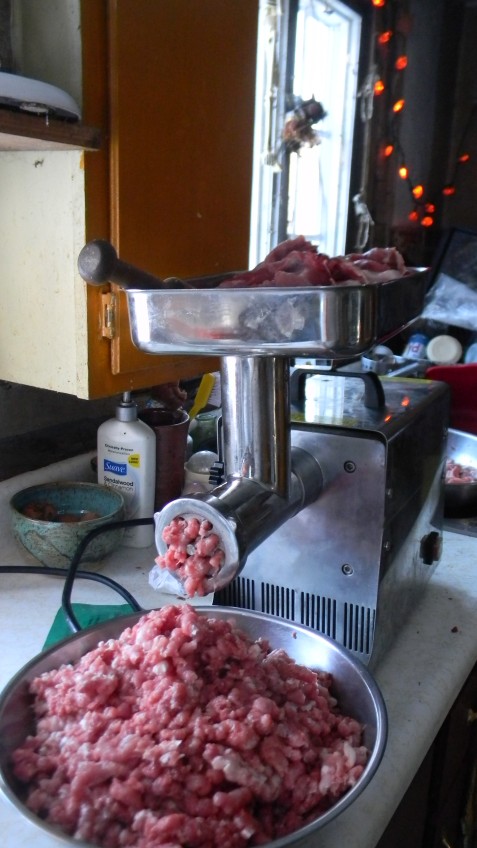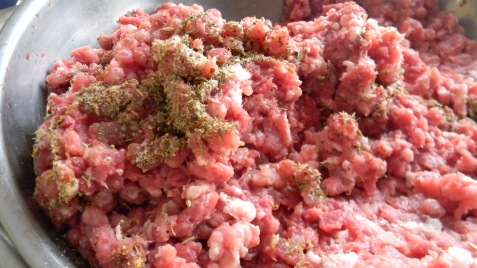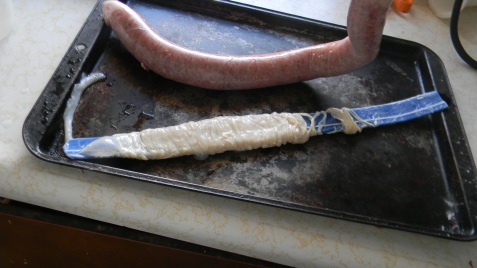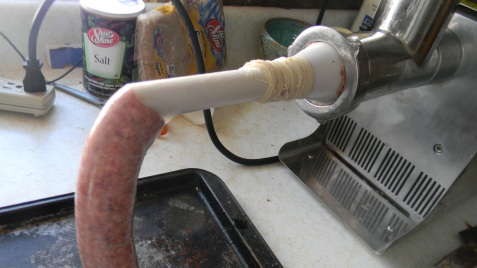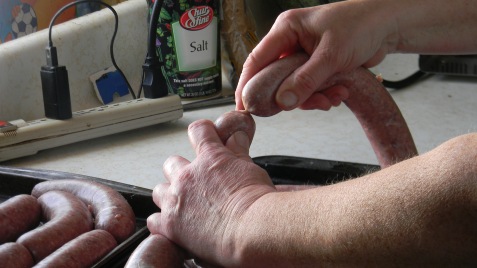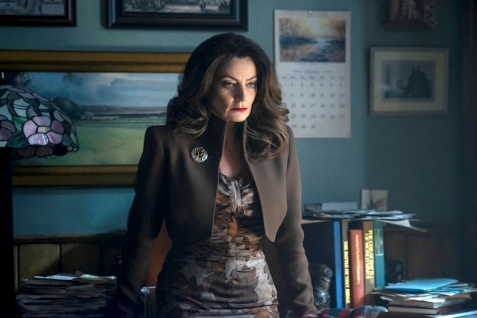
I don’t watch much television and I never watch network TV, which has turned out to be a good thing in these contentious times. I do like to binge on occasion and I saw two series recently that gave me hope for increasing visibility of older actors. The first seasons of Star Trek: Discovery and The Chilling Adventures of Sabrina both featured main characters with beautiful, mature faces.
The Star Trek franchise has never been shy about using older male actors, but the women were usually young and pretty. One episode of the original series even focused on the lengths women would go to (or perhaps the message was should go to) to maintain their looks. “Mudd’s Women” features three stunningly attractive women who are taking some kind of drug to achieve that look. When the drug wears off, everyone’s reaction is, predictably, “YUCK! I can see why they take the drugs!” At the end of the episode, the women are given a placebo and they still became beautiful, the supposed message being that real beauty comes from within. But it’s the same old version of beauty, and the real message was, “If you have wrinkles, you are ugly and no one will want you.”
I will admit that I lost track of Star Trek after The Next Generation, but I heard such good things about Discovery that I decided to give it a try. I was not disappointed. Michelle Yeoh as Captain Phillipa Georgiou and Jayne Brook as Admiral Cornwell portray powerful, realistic characters and no effort has been made to hide the fact that both actors are in their fifties. Jason Issacs is an added bonus. What a gorgeous, craggy face!
Another older actor who caught my attention recently is Michelle Gomez, who plays Mary Wardwell in The Chilling Adventures of Sabrina. This is just a tiny bit of a spoiler, but we learn in the first few moments of episode one that the meek school teacher has been dispatched and her body taken over by something else. The version of Ms. Wardwell who emerges is a beautiful, vital, powerful woman with voluminous hair, red lipstick, wrinkles and pores! No one would mistake her for a twenty-year-old, and no one had better take her for granted, either—we find out what happens when you do in the final episode of season one.
Both of these series give me hope for the future visibility and acceptance of age in our society. Our media and art are both a reflection and a determiner of trends, and the fact that there are a growing number of roles for mature actors means that the message is beginning to sink in. I am sick of hearing that women become invisible after fifty, and I am very happy to see more women stepping out of the shadows to show their faces, wrinkles and all.
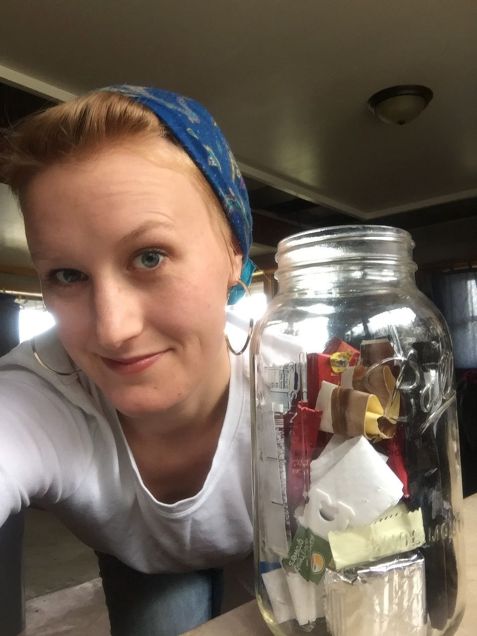



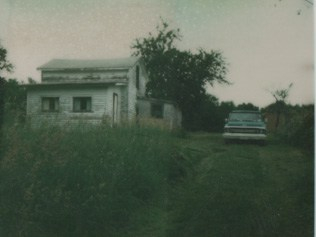
 I was working the phones in the eastern Crawford County Democratic Headquarters on Election Day 2008 making last minute, get-out-the-vote calls and arranging rides to the polls. Around mid-day, I walked down the street to the Quality Market to get some food. I was wandering around the produce section when I overheard two elderly women talking. The first one greeted the other and asked how she was. “Oh, I’m so frightened,” the second woman said. The first one looked concerned and asked her why she was afraid. “I’m afraid of the dark one,” she said. “What will become of us if the dark one wins?” The first woman patted her friend’s arm and reassured her that everything would be fine. I purchased my lunch and walked back to the headquarters, but I was in shock. I couldn’t get my head around someone being afraid of Barack Obama.
I was working the phones in the eastern Crawford County Democratic Headquarters on Election Day 2008 making last minute, get-out-the-vote calls and arranging rides to the polls. Around mid-day, I walked down the street to the Quality Market to get some food. I was wandering around the produce section when I overheard two elderly women talking. The first one greeted the other and asked how she was. “Oh, I’m so frightened,” the second woman said. The first one looked concerned and asked her why she was afraid. “I’m afraid of the dark one,” she said. “What will become of us if the dark one wins?” The first woman patted her friend’s arm and reassured her that everything would be fine. I purchased my lunch and walked back to the headquarters, but I was in shock. I couldn’t get my head around someone being afraid of Barack Obama.
